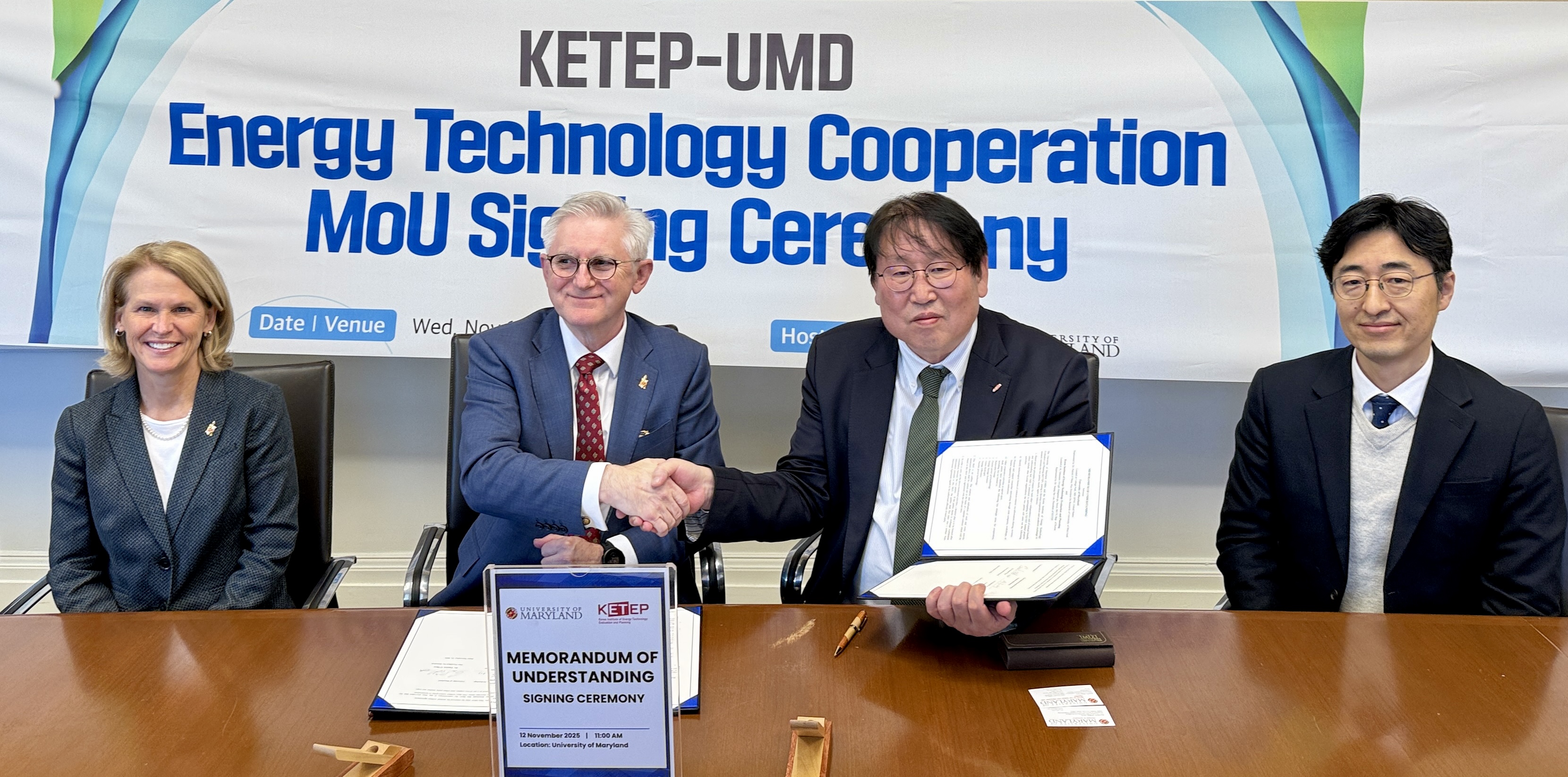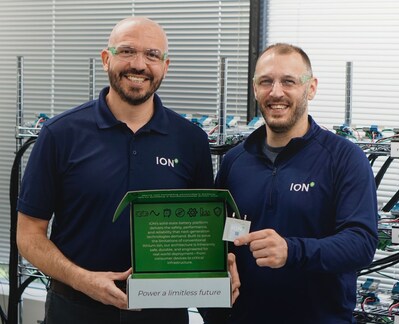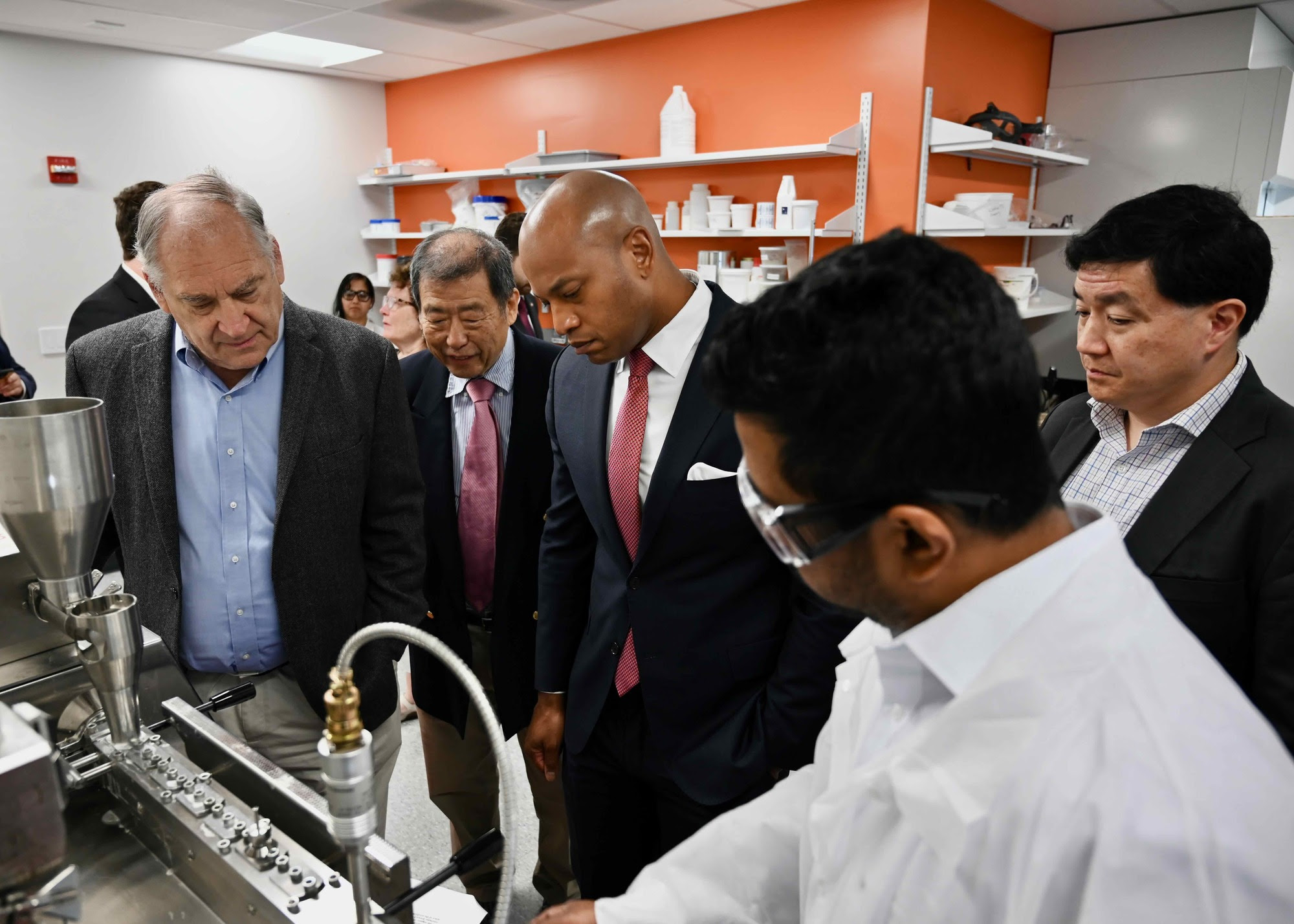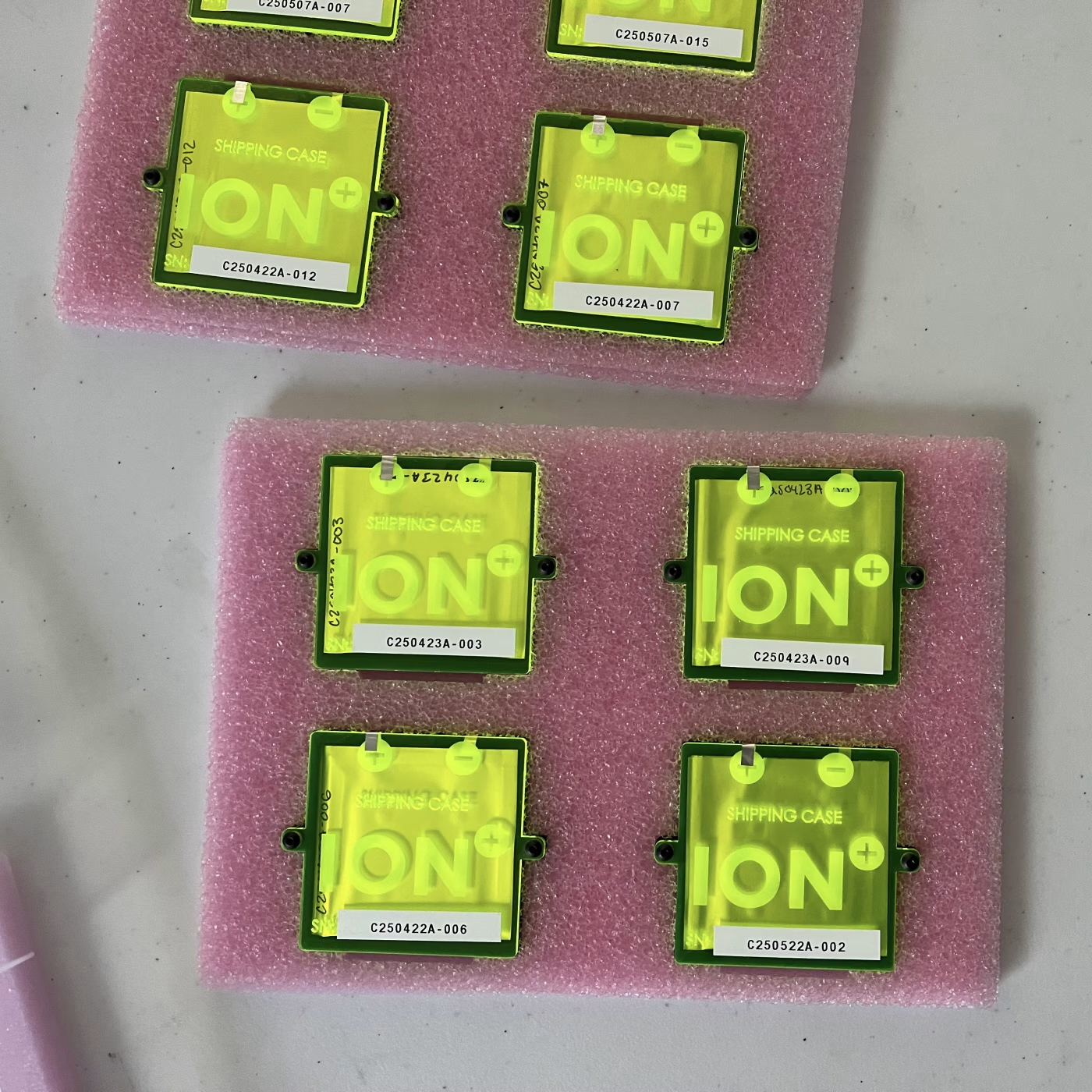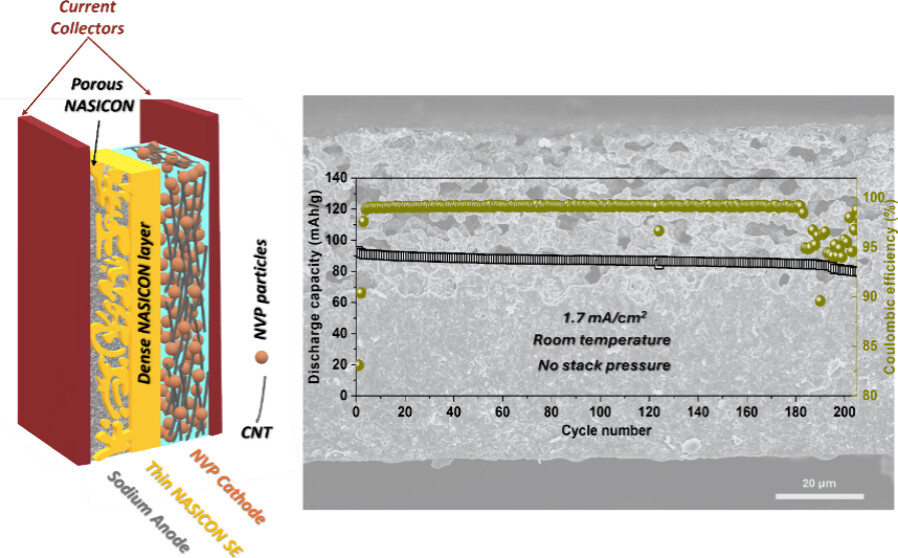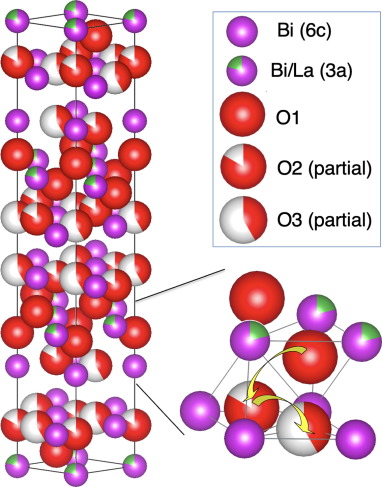News Story
Clark School Researchers Recognized for Exceptional Inventions
Each year, the University of Maryland honors exceptional inventions that have the potential to influence science, society, and the free market. Among the nine 2017 Invention of the Year award nominees named across three categories (Physical Sciences, Life Sciences, and Information Sciences), six are led by or include researchers from the A. James Clark School of Engineering.
One invention from each category will be selected to win the Invention of the Year Award, to be celebrated at the 2018 Innovate Maryland, UMD's annual celebration of research and innovation on April 11, 2018.
The nominees were selected from the vast number of inventions disclosed by UMD researchers in 2017.
The Clark School nominees in the Physical Sciences category are:
Integrated Power Electronics Interface for Enhanced Electric Vehicle Charging
Hybrid and all-electric vehicles are steadily gaining popularity, but their charging systems are not yet sophisticated enough for widespread adoption. Hybrid and electric vehicles currently have two separate chargers: one for the engine, and one for onboard infotainment systems. However, UMD researchers have invented a new interface that simplifies the circuitry in electric vehicles and allows the entire vehicle to be charged through a single charger. The system additionally is simple enough that it can be incorporated into many vehicle makes and models, and it even allows the car battery to be used as a power source in the event of a power outage.
The invention team includes:
- Alireza Khaligh, Associate Professor, Department of Electrical and Computer Engineering and Institute for Systems Research (ISR), Clark School
- Jiangheng Lu, Ph.D. Student, ISR, Clark School
- Ayan Mallik, Ph.D. Student, ISR, Clark School
Cost Effective Brillouin Scattering Retrofit for Confocal Microscopes
The prominent role of a cell's mechanical properties in cell functioning has gained increasing recognition over the past two decades. One of the best methods for measuring the elasticity of a cell is called Brillouin microscopy, which sends light toward cells and measures the changes in wavelengths once the light scatters. UMD researchers have developed a new method of combining Brillouin scattering measurements with fluorescence microscopy, to obtain even more accurate results.
The invention team includes:
- Giuliano Scarcelli, Assistant Professor, Fischell Department of Bioengineering, Clark School
- Jitao Zhang, Postdoctoral Researcher, Fischell Department of Bioengineering, Clark School
- Milos Nikolic, Ph.D. Student, Institute for Physical Science and Technology (IPST), College of Computer, Mathematical, and Natural Sciences
The Clark School nominees in the Life Sciences category are:
Flexible Urinary Catheter Inserts to Detect and Prevent Bacterial Infections
Catheters are often used to help drain urine from the body in patients suffering from a variety of illnesses. However, bacterial biofilm often forms on the surface of catheters, infecting the body. These bacterial biofilms can sometimes be difficult to treat, but UMD researchers have invented a method to delay or even prevent the biofilms from forming, detect the formation of bacterial biofilms, and alert physicians that the biofilm has formed, allowing for real-time monitoring and prompt intervention.
The invention team includes:
- Ryan Huiszoon, Ph.D. Student, Fischell Department of Bioengineering and Institute for Systems Research (ISR), Clark School
- Pradeep Rajasekaran, Postdoctoral Researcher, ISR, Clark School
- Reza Ghodssi, Herbert Rabin Distinguished Chair in Engineering, Department of Electrical and Computer Engineering and ISR
Transformational Electronic Tool for Chemical Analysis: Oxidative Stress Detection
Oxidative stress is long-term damage to cells which can lead to chronic conditions such as schizophrenia, cardiovascular disease, and cancer. A fast and safe method of measuring oxidative stress combined with other health markers could potentially lead to early detection of such diseases, but, unfortunately, no such test currently exists. However, researchers at UMD have invented a disruptive technology that uses iridium reducing salt and spectrographs to measure oxidative stress cheaply, quickly, and reliably.
The invention team includes:
- Gregory Payne, Professor, Institute for Bioscience & Biotechnology Research (IBBR) and Fischell Department of Bioengineering, Clark School
- Mijeong Kang, Postdoctoral Associate, IBBR
- Eunkyoung Kim, Research Associate, IBBR
- Deanna Kelly, Professor of Psychiatry, Affiliate Professor of Pharmacy Practice and Science, School of Medicine, University of Maryland, Baltimore
Multicompartment Capsules Enabling Targeted and Programmable Multi-Drug Delivery
UMD researchers have invented a multi-compartment capsule system that mimics biological cells. Each capsule is capable of delivering a different payload, which makes them ideal for targeted drug delivery, drug abuse deterrence, and advanced materials synthesis.
The invention team includes:
- Hyuntaek Oh (Ph.D. ’14), Department of Chemical and Biomolecular Engineering, Clark School
- Srinivasa Raghavan, Patrick and Marguerite Sung Professor of Chemical Engineering, Clark School
The Clark School nominees in the Information Sciences category are:
Discriminative Facial Verification Software
Facial recognition software has developed rapidly since its inception, but many improvements still need to be made before it reaches maximum accuracy. UMD researchers have invented a method of adding additional constraints to existing facial recognition software, increasing the number of accurate positive matches while reducing the number of false matches.
The invention team includes:
- Rajeev Ranjan, Graduate Student, Institute for Advanced Computer Studies (UMIACS), College of Computer, Mathematical, and Natural Sciences
- Carlos Castillo, Assistant Research Scientist, UMIACS, College of Computer, Mathematical, and Natural Sciences
- Ramalingam Chellappa, Minta Martin Professor of Engineering and Chair of the Department of Electrical and Computer Engineering, Clark School
Click here to read more from UMD's Division of Research.
Published March 7, 2018
